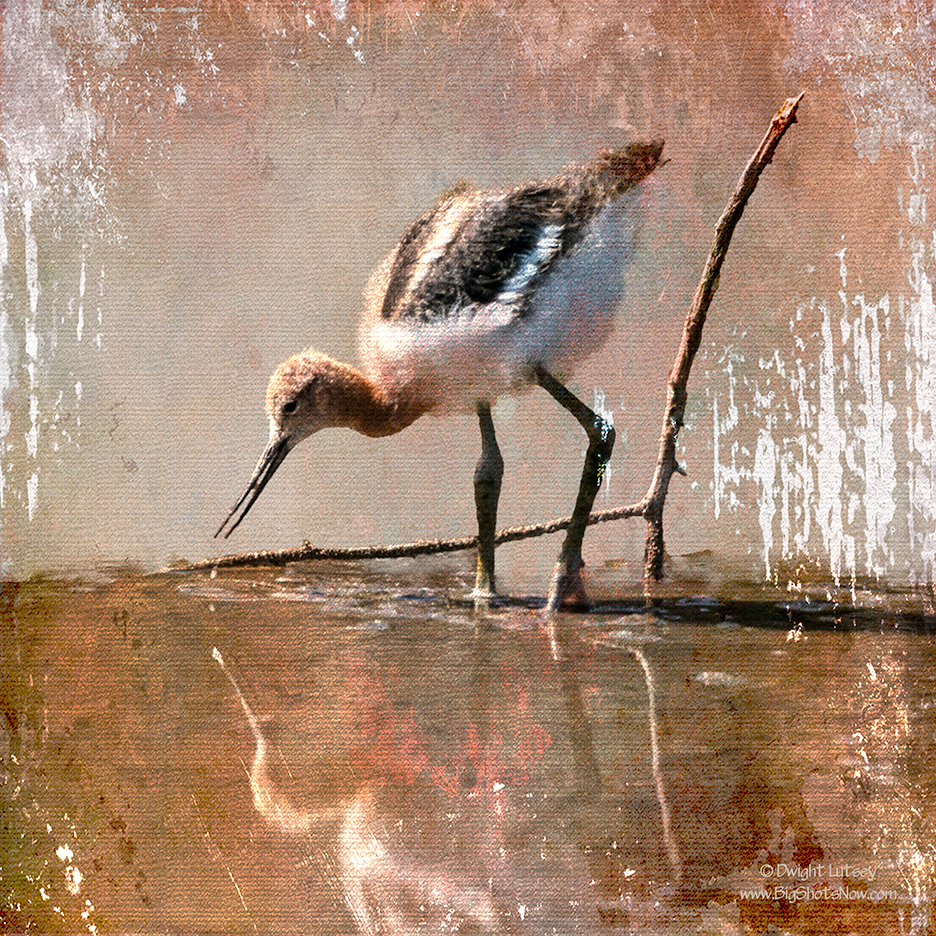
Birding is one if those things people do to get outside and commune with nature where many of the wild birds live. Their sole purpose is to look at those birds and say “I saw you, now I can go home and have a beer.” They make a list of all the different kinds of birds they’ve seen over the years and write them down in a little book, which is called their ‘Life List’. This is shown to other birders and gets them Street Cred in the “I saw a bird and you didn’t” world of birding.
This is not a sport for the uneducated. You can’t be stone cold dumb and be a birder. Many birders have attended highly prestigious places of edification where they don’t necessarily teach birding per se, but they do teach Latin which is used to name and classify bird species and confuse non Latin speakers. This makes the Latin user appear to be much brighter than the poor unwashed non Latin speaker and maintains the guild system that we Americans seem to love so much. It also keeps the rif-raf where they belong and the superior, well, superior. This system is primarily human based as the birds themselves couldn’t give a flying fig about what people call them. Except for peacocks, they are so vain.
One of the burning questions in the birding world is where to go to see birds. Where do they live? Are they accessible to Americans? Does one have to quarantine before looking at a bird? Can you see a bird if you don’t know its Latin name? What do they eat? Are they carnivorous? Do they favor the various root vegetables such as Rutabaga or Turnips? We know they don’t like Parsnips, nobody likes parsnips. These are just a few of the questions asked by people who don’t know any better but want to know so they can move up in the birding world.
One of the places where you can go and look at a bird is one of the various wildlife refuges. This is land that the government has deemed to be of absolutely no other use and therefore suitable to warehouse our excessive bird inventory. Species like those little brown birds you see pecking at everything everywhere. They’re all over the place. You’ve probably tripped over them. It’s very likely they have a Latin name of some sort but who knows what it is. Even if you heard it you wouldn’t know what it meant so one can safely discount and ignore them and go on to look at more interesting birds.
Bear River Migratory Bird Refuge near Brigham City, Utah is one of those holding pens where excess birds are held until they’re needed elsewhere. There you can see huge quantities of birds. They have them stacked all over the place. There are whole fields of those little brown birds spoken of before, which has been learned are actually a house sparrow or the Latin named Passer domesticus. There are great huge lumps of the White Faced Ibis piled willy nilly in unsightly stacks anywhere it’s wet. There you can select an assortment of birds for your own migratory bird refuge, if you have one. Way in the back of the refuge where it’s quieter, is an enormous area filled with lockers where larger birds such as the Tundra Swan are kept until it’s time to cut them loose and send them on up to the Tundra where apparently they are desperately needed at different times of the year.
One of the all time favorites for birders is the American Avocet. The image above is of a young Avocet or chick as they’re more vulgarly known. They look surprisingly like an adult Avocet only smaller. Its bill or beak has yet to grow into the graceful recurve that it uses to sweep through and syphon the water for its favorite food, the Rattle-back Shinsnuggler larvae which is only found here at the Bear River Migratory bird refuge. At least it is believed to be the Rattle-back Shinsnuggler larvae. There were no explanatory signs to indicate what the food is so an assumption was made which is believed to be close to what ever it is that the young Avocet or Chick is eating.
If you are interested in ‘Birding’ or its companion sport ‘Snake-ing’ you can contact any sporting goods store where they’ll sell you everything you might possibly need in the way of birding equipment. They also might tell you where to see birds but I wouldn’t count on that. However you already know where to go as you have just been told right here. It’s the Bear River Migratory bird refuge. So, Happy Birding then, and look down occasionally, that’s where the snakes are.

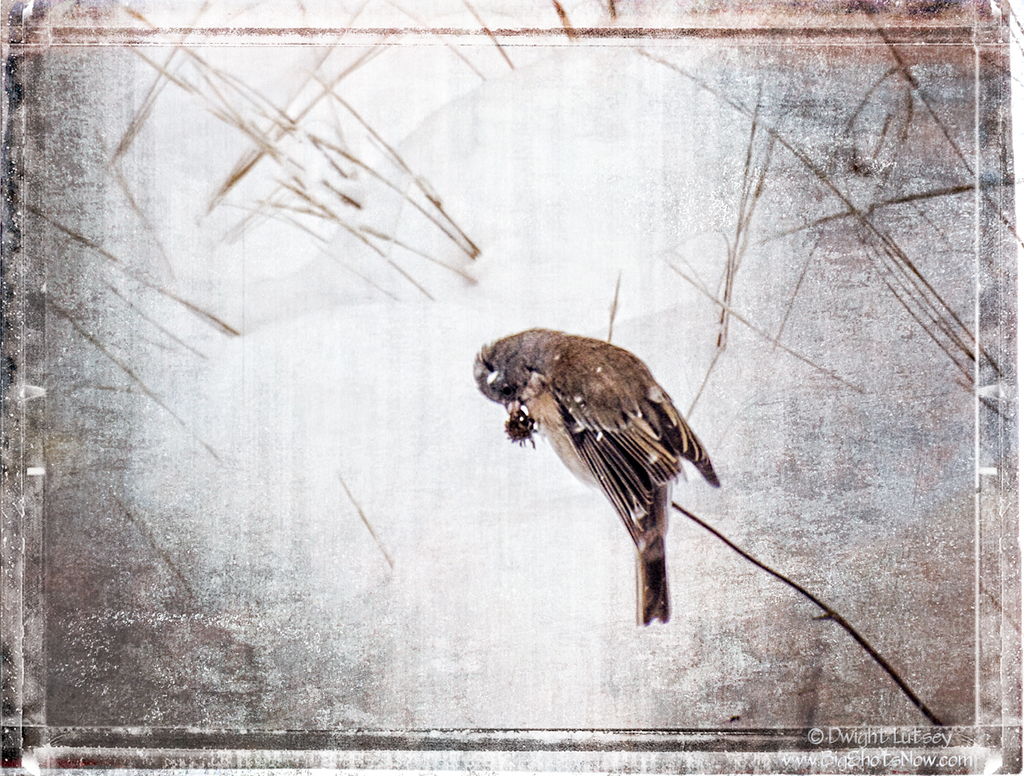
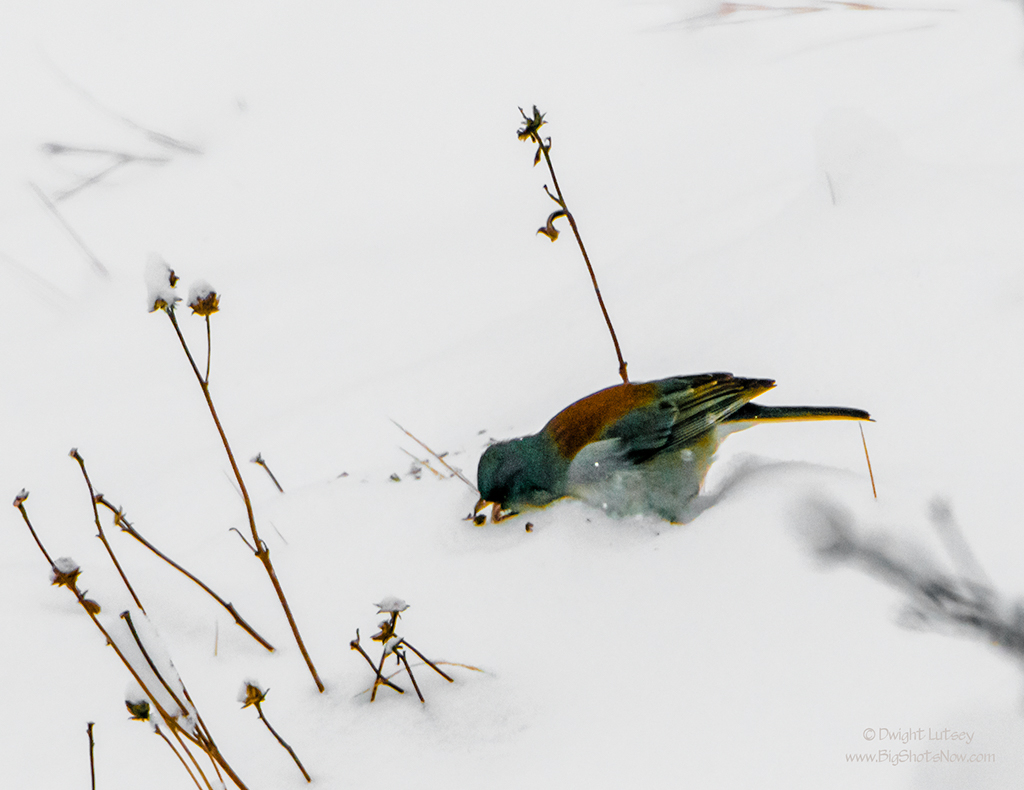
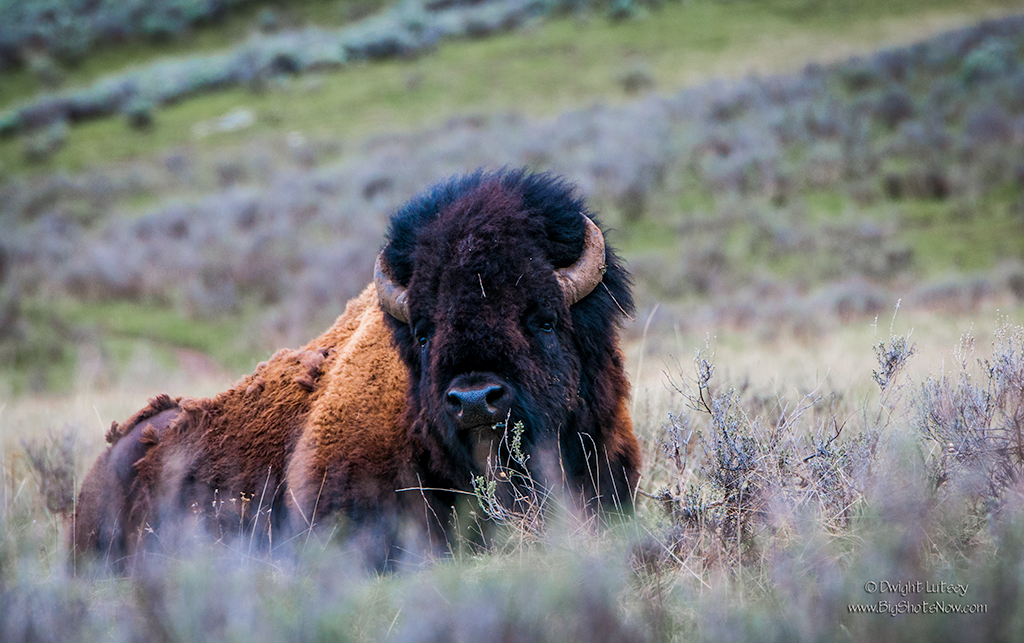
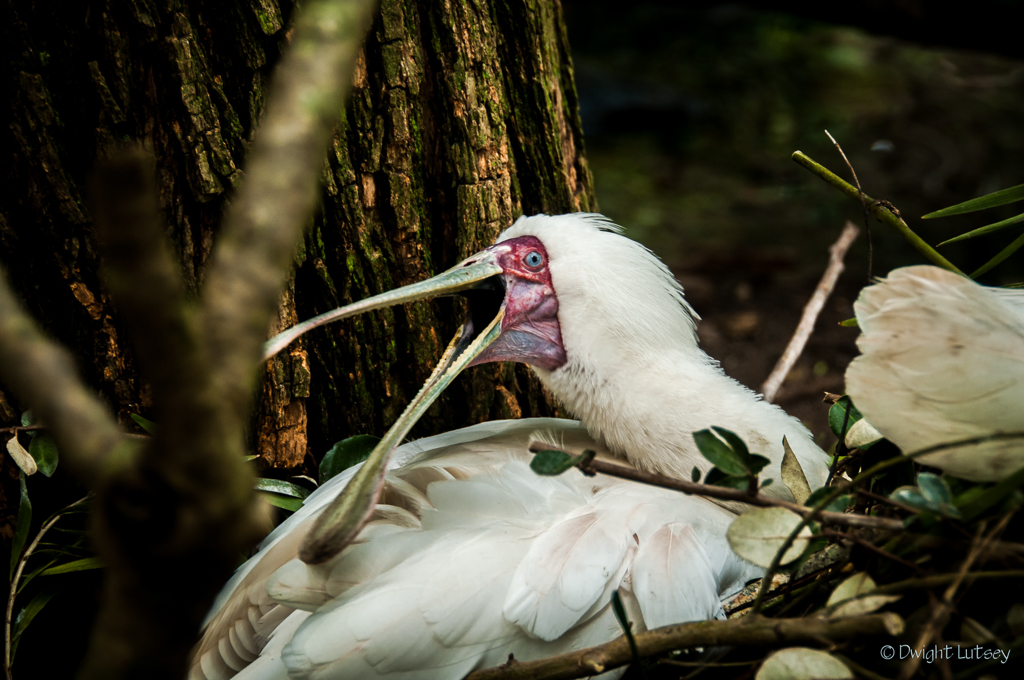

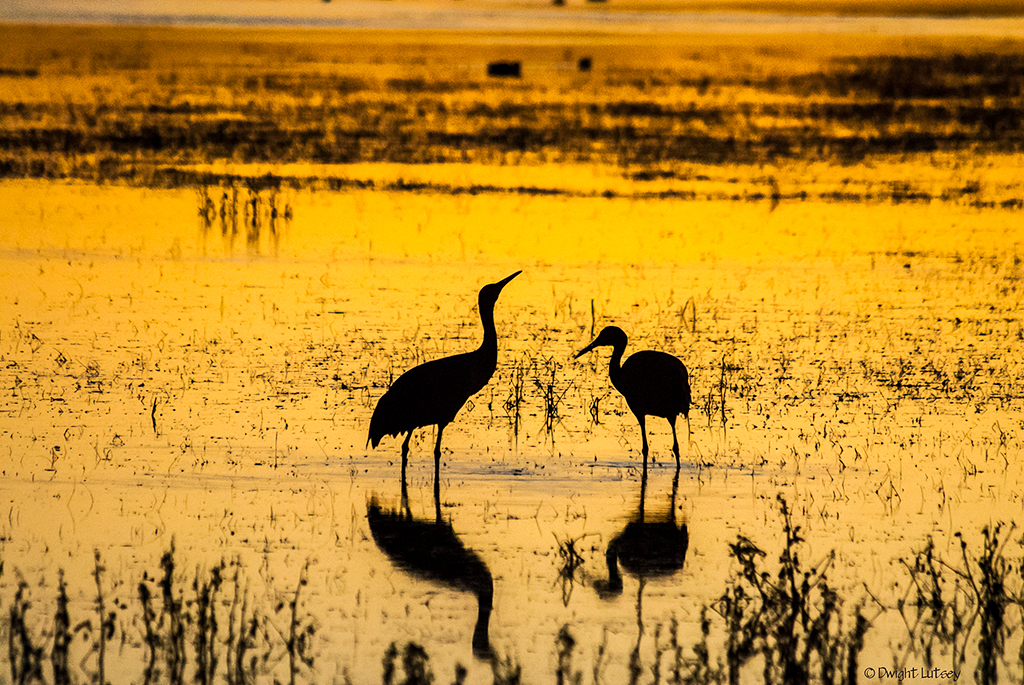
You must be logged in to post a comment.